Of the forearm (Antebrachium) belongs to the uppermost extremities in the human body. It runs between the wrist and the elbow and is an important part of everyday movement. Since the forearm is used almost the whole day, there are numerous diseases that can occur.
What is the forearm?
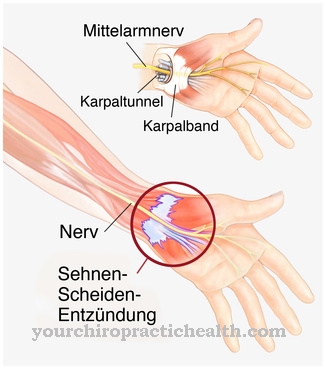
Our forearm is one of the most important extremities in the human body. Many important movements would not be possible without him. It is also made up of comparatively long bones that are attached to the elbow joint and wrist.
Directly connected to the forearm is the hand, which with the fingers represents one of the most important tools of the human body. The control takes place via the forearm, but also the supply via the blood circulation by hand and fingers. The forearm is therefore essential for all functions of the hand; without a healthy and well-functioning forearm, the range of motion of our hand would be restricted and a supply of nutrients would not be possible.
On the other side, the forearm merges into the elbow joint. The forearm is connected to the upper arm and is responsible for numerous movements there.
Anatomy & structure
The forearm consists essentially of two long bones, the spoke (radius) and the ulna (ulna). These run almost parallel to each other. A forearm has several joints: the elbow joint, which merges into the upper arm, and the wrist, to which the hand is connected. The elbow joint in turn consists of three partial joints: the upper arm-elbow joint, the upper arm-spoke joint and the proximal elbow-spoke joint.
In addition, a large number of vessels, muscles and nerves can be found in the forearm. The forearm has extensors and flexors that move the wrist and fingers. There are three different nerves that control these muscles: the radial nerve, the middle nerve, and the ulnar nerve. Because of this direct connection, diseases in the forearm often affect the hand and fingers as well.
The forearm is supplied via the large artery (arteria brachialis). In the crook of the elbow, this artery divides and merges into smaller branches, which ensure a supply to the hand and fingers.
Function & tasks
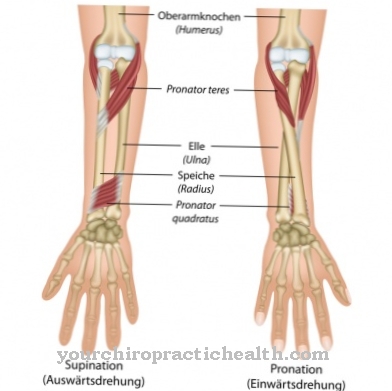
Above all, the forearm is an important part of our musculoskeletal system. The hand is connected to it, one of the most important tools in our body. The hand and fingers are controlled via the forearm, and blood flow to the hand and fingers takes place via the forearm.
Gripping, holding and other hand movements are only possible through the forearm and its functions. That is why the movement of the hand is also directly linked to the forearm: if the forearm is suffering from diseases, these also affect the hand and fingers and may limit the range of motion there.
In addition, disorders in the forearm can also trigger diseases in the hand, such as circulatory disorders. The forearm is therefore used almost continuously in everyday life, both for movements and for invisible functions.
The joints connected to the forearm allow numerous movements to be performed. These joints are some of the most variable joints in our body, as they can not only bend and stretch, but also enable rotating movements. This is what makes the numerous movements possible.
You can find your medication here
➔ Medicines for muscle painIllnesses & ailments
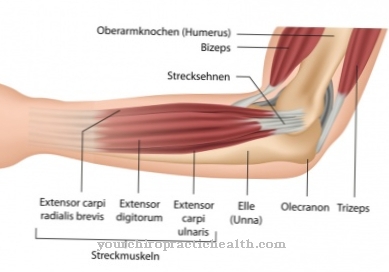
Numerous diseases can occur in the forearm. Since the nerve pathways have to cross several bottlenecks in their course through the forearm, this often leads to problems.
If the nerve cords swell due to an inflammation, they can no longer pass the nerve tracts at these narrow points smoothly and the affected person complains of arm pain, sensory disturbances and in bad cases even symptoms of paralysis. This disease is known in specialist circles as nerve congestion syndrome.
Another common disease is the so-called carpal tunnel syndrome. This results in a pinching of nerves, which manifests itself in pain, which under certain circumstances can radiate to the shoulder and neck.
Gripping and holding on with the hand and fingers is also painful and very difficult. In many cases of carpal tunnel syndrome, surgery is recommended to permanently eliminate or alleviate the symptoms.
Tendovaginitis is also widespread. It is manifested by severe pain that is present both when moving and when standing still. In most cases, tendonitis is caused by prolonged, monotonous movements that put a lot of strain on the forearm. If tendinitis is treated correctly and in good time, there will be a significant improvement after just a few days.

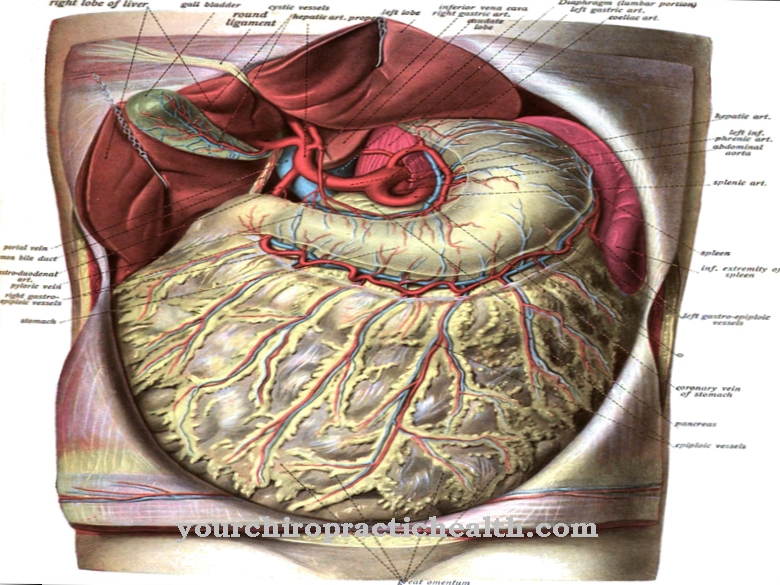

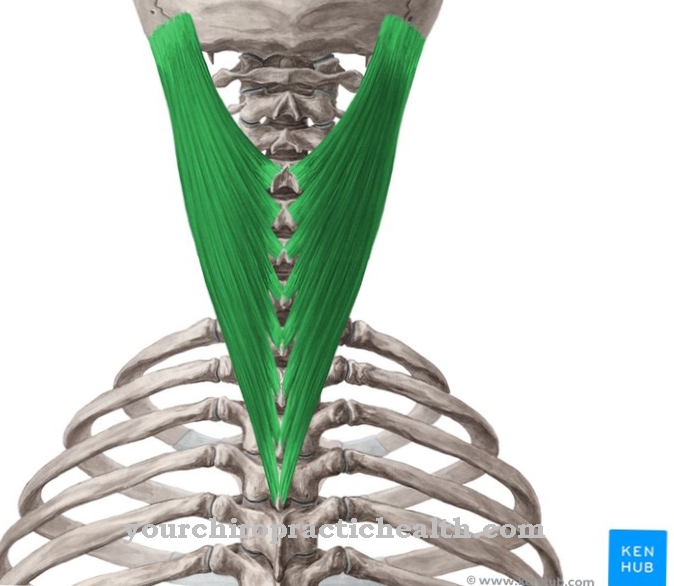

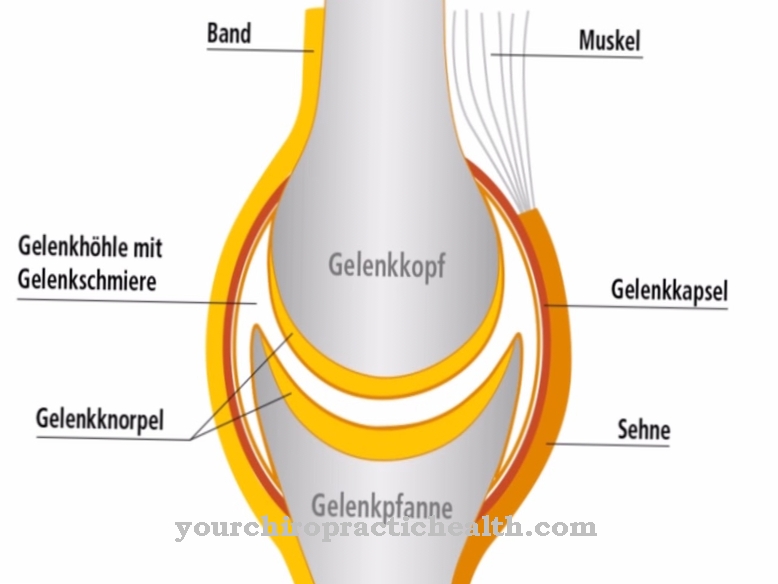
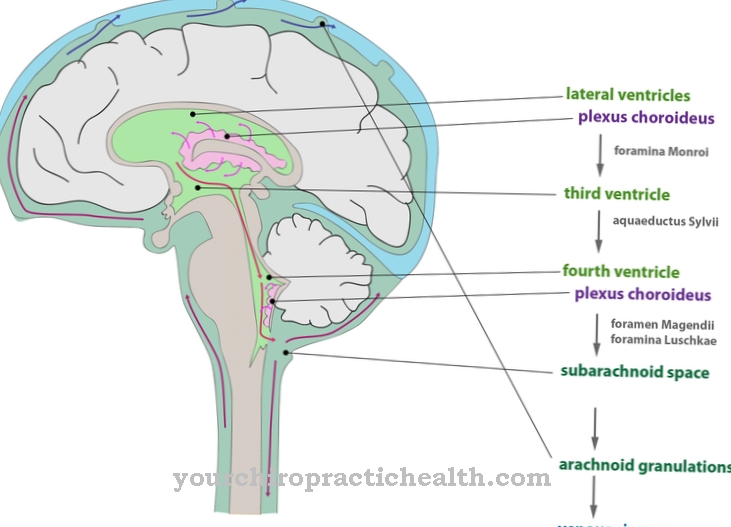







.jpg)













